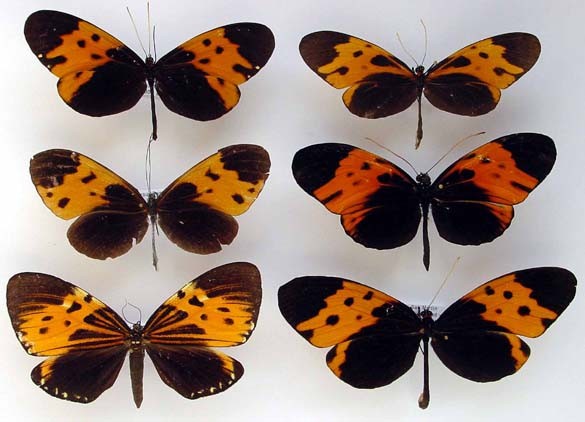Multiple mimicry traits of a parasitoid wasp -mimicing an ant.
In this blog I am going to write about a very interesting species, a wingless parasitoid wasp. This wasp is a hyperparasitoid wasp, meaning that it parasitises other parasitic wasps, by injecting their eggs into the cocoons that have emerged from the original host insect, for example a butterfly or spider (Harvey, 2015).
figure 1: Gelis agilis wasp injecting its eggs into a cocoon - retrieved from https://nioo.knaw.nl/en/vacatures/lifetime-reproductive-success-two-secondary-hyperparasitoid-wasps-lysibia-nana-and-gelis (Harvey, 2015).
This type of mimicry, involving chemical mimicry is called full spectrum mimicry, as it is more than a superficial appearance, as some mimicry can be. (Malcicka et al., 2015).
ReferencesHarvey, J. (2015). Lifetime reproductive success in two secondary hyperparasitoid wasps, Lysibia nana and Gelis agilis. [online] Nioo.knaw.nl. Available at: https://nioo.knaw.nl/en/vacatures/lifetime-reproductive-success-two-secondary-hyperparasitoid-wasps-lysibia-nana-and-gelis [Accessed 13 Apr. 2015].
Malcicka, M., Bezemer, T., Visser, B., Bloemberg, M., Snart, C., Hardy, I. and Harvey, J. (2015). Multi-trait mimicry of ants by a parasitoid wasp. Scientific Reports, 5, p.8043.










